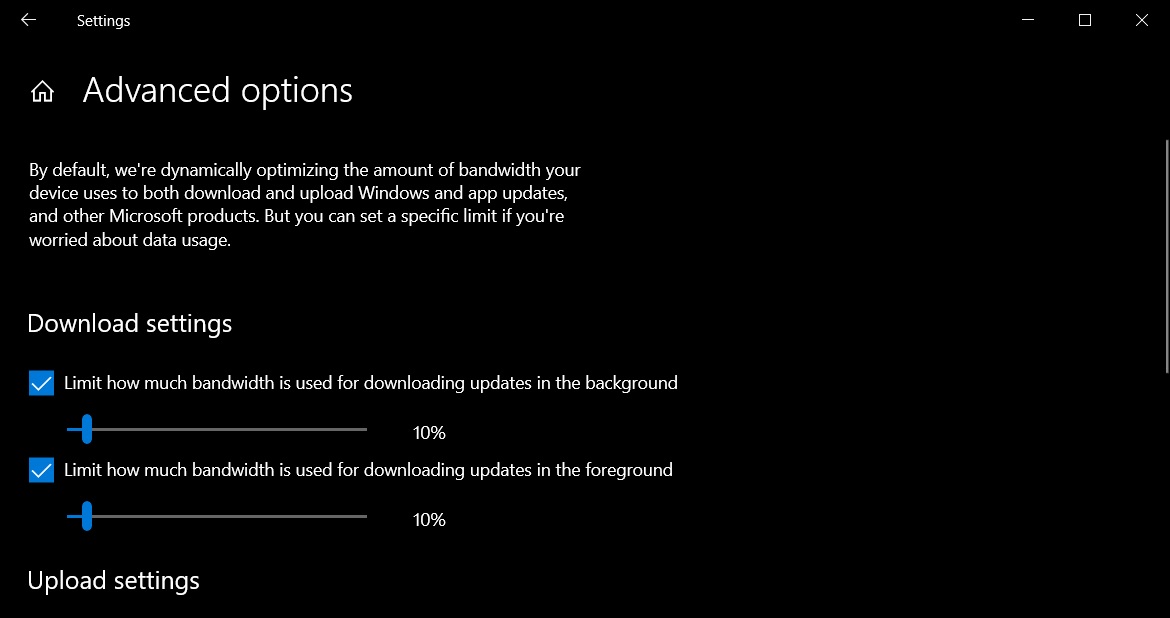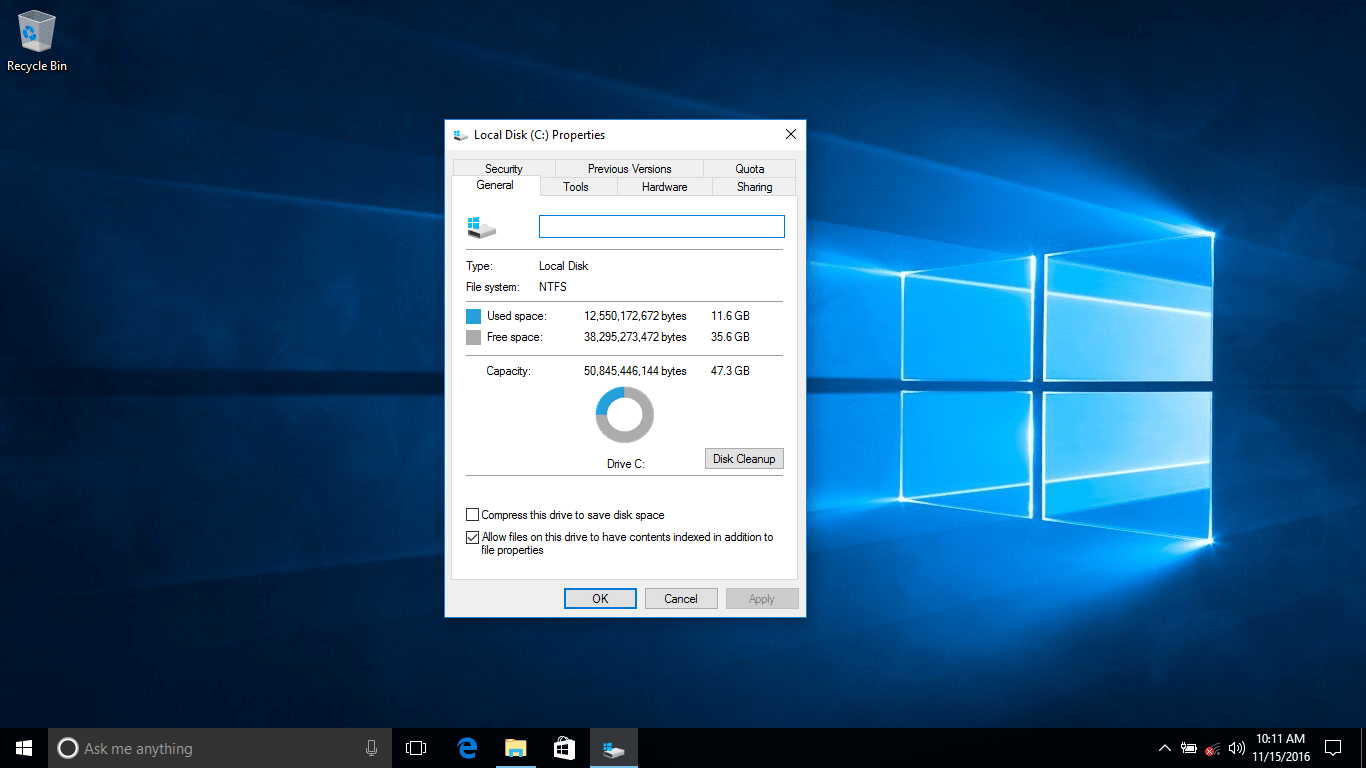


Step 3: Select a reason for going back (or just check ‘For another reason’ and leave the field blank), then click Next. Click the Go Back button.īe sure to do this within the 10 days, or the option to go back will grey out or disappear. Step 2: Assuming you’re within the time limit, a “Go back” option should be listed within the Recovery options section. Or click "go back I want to be monkey" if you want to find out what that's even about. Hit Enter once "Reset this PC" is highlighted. You can alternatively navigate to System > Recovery in the main Windows settings, but this search method is faster. This should bring up the Reset this PC shortcut, so open it up. Step 1: Type “go back” in the Windows 11 Start menu’s search bar. How to uninstall Windows 11 and go back to Windows 10 In other words, don’t think that by switching back now you’re giving up your right to try the free upgrade again later, perhaps when Windows 11 is a little more stable and feature-rich. Note also that while there’s a limited grace period for switching back to Windows 10, the only limits on later reinstalling Windows 11 are the existing system requirements – and if you’re rolling back, your PC has presumably met those already. If you do decide to switch back in time, you can might lose some apps and settings changed made after you first installed Windows 11, but anything you brought over from Windows 10 should return intact.

Beyond that, your best hope is a completely clean Windows 10 install, which would cost any files, games and apps you hadn’t previously backed up. I should stress that this method only works within that 10-day time limit a kind of trial period, if you will.


 0 kommentar(er)
0 kommentar(er)
